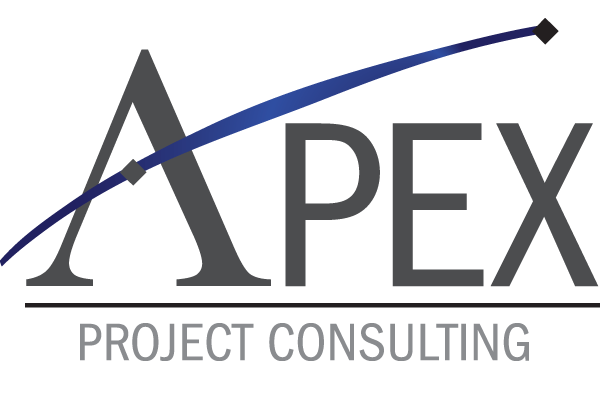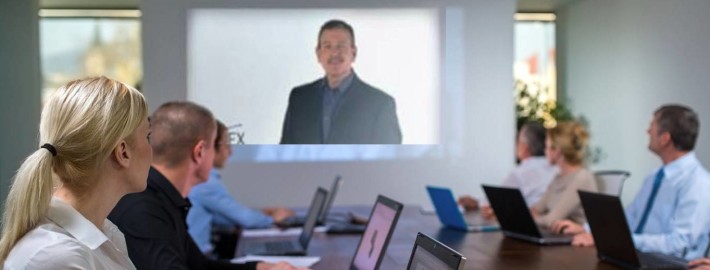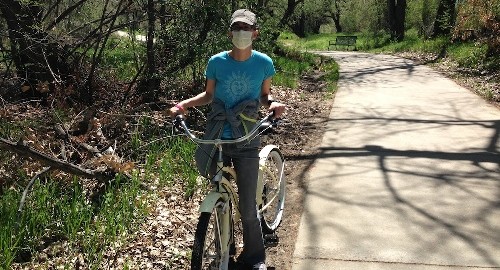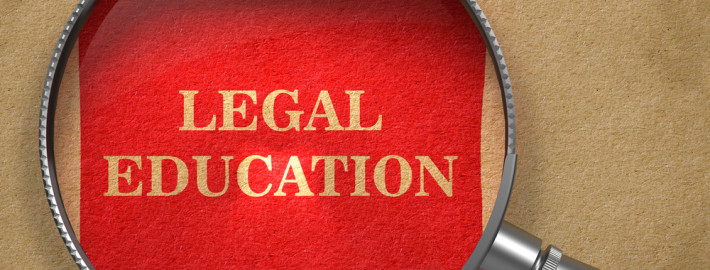Why I’m Gone From GoToMeeting.com (and other lessons companies ignore)
I’m gone from GoToMeeting.com. Maybe you should be as well.
It may be too late for GoToMeeting.com to learn the lessons I’ll share here, but maybe they’ll resonate with you. And save your business.
I’m an early adopter – just the kind of customer GoToMeeting.com needed in early 2007. At that time, the next nearest alternative for managing architects, engineers, and contractors – what my firm excels at – was to pick up a hard copy set of paper plans, drive to their office(s), meet face to face, gather your papers, and drive back. GoToMeeting.com changed all that. At least until they changed.
For those like me who needed to manage complex amounts of data and large, dispersed project teams, online meetings were game changers. I became convinced of the value and a customer, despite the fact that the annual cost came out of my personal pocket. And that leads us to lesson number one.
Products or services that create value will be in demand irrespective of price (almost).
I’ve been successfully using online meetings for years, turbo-charging meeting effectiveness and saving my clients (and their vendors) money by avoiding useless windshield time. It’s also been helpful bringing clients and vendors together, however far apart. I’ve used it to orchestrate projects across the country and as far away as Johor Bahru, Malaysia. I never thought to shop around. My contract renewed automatically.
Thus price takes a backseat to value creation and customer satisfaction. Few consumers want to mess with something that’s working well. At least, of course, until it doesn’t.
Don’t fix it if it isn’t broken.
Fixing things that aren’t broken seems to be a foundational principal of corporate “leadership.”
When I was part of larger corporations, it was easy to intuit the goals of any new leadership team. If company functions were spread out, then the mantra had to be consolidation. If the functions were already consolidated, the charge was to “push control back to the regions” a.k.a. disaggregation. New leadership just meant more of the same rinse-and-repeat. I imagine it’s no different in the software industry.
I’m making this inference from the regular “upgrades” made to my software. While not precisely the same as the disaggregation-centralization seesaw, it shares a common inspiration: the mistaken idea that only continuous tinkering will create value.
Or to say it differently, too many “upgrades” will inevitably downgrade something else – your service. At least that was my experience.
One new “upgrade” downgraded the online software’s functionality and exponentially reduced its utility.
I dutifully filled out a trouble ticket for the lost functionality. It turned out I had discovered a bug that hadn’t existed until the “upgrade.” As GoToMeeting described it in our email exchange:
“After working with the engineering team we were able to determine what is causing the pen tool to intermittently fail to respond. We install a ‘hook’ into the mouse to be able to turn it from a pointer into a drawing tool. These hooks are very low-level, and when Windows detects more than 300ms for the hook to respond it silently uninstalls it. This puts an entry in the GoToMeeting log, but does not pop up a warning that would indicate something occurs. Instead, the pen/highlighter just fails to work as you’ve experienced.”
My choices were to download and run a patch (the registry key) or, if that didn’t work, to upgrade my computer to something with a faster CPU, regardless of the fact that I had a nearly brand-new computer.
The translation was transparent: We goofed, but it’s really not our problem. Instead it’s yours.
Like a lot of customers, I was willing to put up with a few hiccups. But along came another upgrade and it was “Deja vu all over again.”
I wasn’t considering ever changing my online meeting software. That is, until my software was “upgraded” again. I began to shop around.
Keeping existing customers is always more profitable than the alternative.
I’d been such a loyal customer I never knew. I never shopped around. Until the product and service started to fail.
It’s easier to keep a customer than to acquire a new one – less time, less money, less effort required. Why not just keep an existing customer happy?
My subscription to GoToMeeting expires at the end of the month . I will be using another company. But this is the important part: So will all my clients.
While the glitch that sent me out the door is not a huge one, it was big for my business, and for the vendor to disregard it in successive upgrades speaks volumes. Why do that, especially when you are not the low-price leader? It doesn’t matter – the switch is on.
So what’s the takeaway?
Word gets around. Not only will I be using another service, but so will all my clients. Undoubtedly they’ll become comfortable with the new online provider. And by extension, the news of why I switched will get out to others. I remember the old saying, “Bad news travels fast.” I can’t imagine how much faster it travels now in the 21st century.
Keepers are cheaper. Don’t give your customers a reason to leave. There is no bit of business that takes less effort to acquire than the business you already have. Simply dividing the total of your marketing and sales efforts by the number of new customers gives you the total cost for acquiring each new customer. Just for giggles, compare the quotient in the equation above with the cost of a little technical assistance or customer support. Unless and until it’s cheaper to acquire customers, companies disregard the importance of keeping existing customers at their peril.
Dividing by zero. Price matters less than performance. Look at it this way: What most customers want is value. Value is the ratio of price to performance. But if performance is awful, it’s the same result as dividing by zero. It creates a meaningless and useless result.
After all the effort you put into securing valuable clients, don’t disregard them. What’s my advice? Mind the store. That is, don’t lose sight of the fact that keeping existing customers happy, once you’ve gotten them, is infinitely easier and more cost-effective than acquiring new ones.
“Upgrade” or fix your service offering only if it doesn’t degrade your client base. Seems like simple advice. But surprisingly often this basic principle gets overlooked.
Price is not paramount. Sophisticated clients want value. They want solutions. Somewhere, way down the list, they may be interested in price.
So the lesson is that customers often don’t put price first, unless something gets their attention – usually in a negative way. That’s when customers start circling the drain and start shopping. Even then, people are generally reluctant to change. You have to really want them to leave.
Apply these simple principles and keep your customers – or prepare for them to become someone else’s.
copyright 2015





